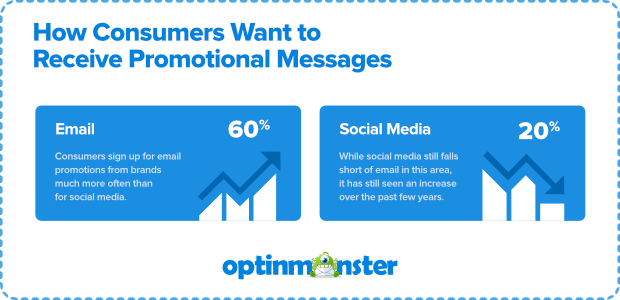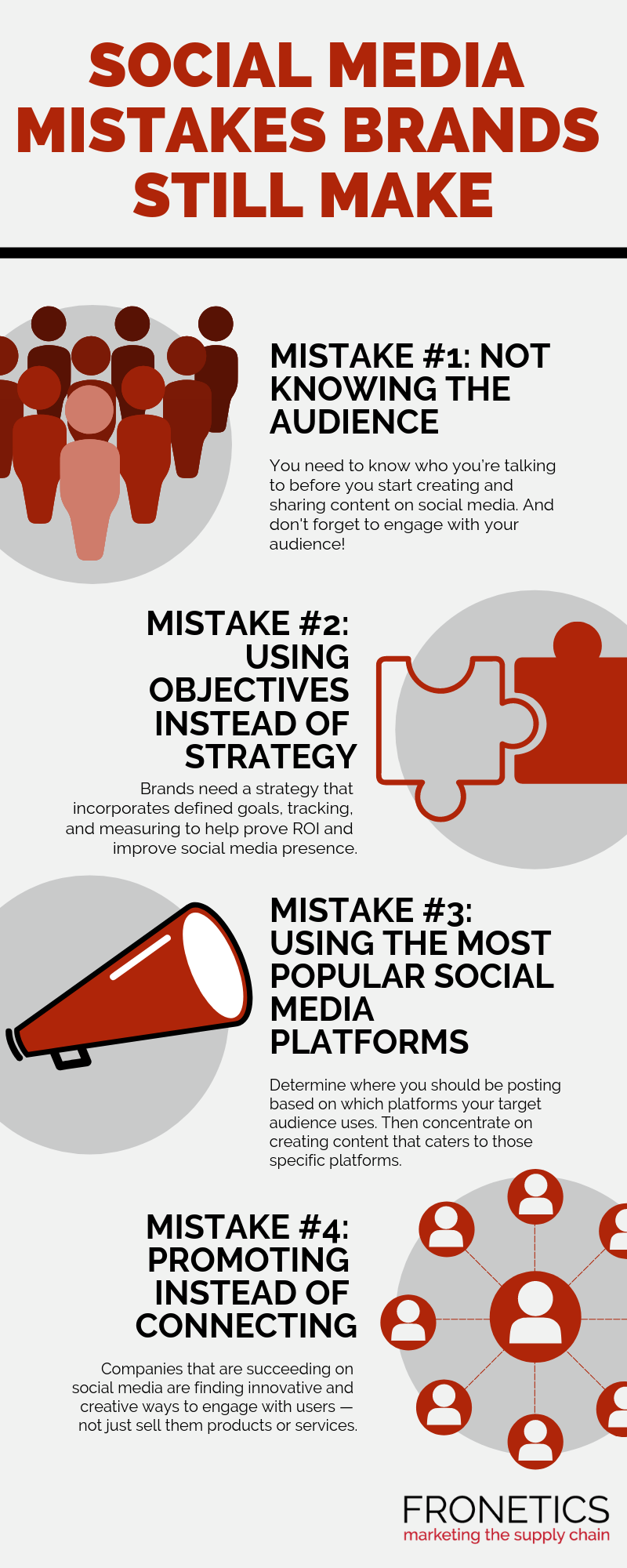
Video aggregators help you organize the vast number of videos in one place. They give you search features, recommendations, and billing. You can even use them to find videos related to a specific topic. Although choosing the best one is up to you, there are some principles that you can follow when choosing a video aggregator. Below is a comparison list of some of most popular video aggregaters:
Organization of a large amount of video content
A SVOD subscription is on the rise and a aggregator is essential. Consumers will need help in finding the right content among the more than 1.74billion worldwide video subscriptions. There are many types and types of aggregators. Some aggregators are disruptors like Amazon. Others are established players, like Pay TV operators. All players agree that video aggregation has a vital role in the future. It provides both consumers and the providers with one point of billing.
There are many factors that influence the necessity of an aggregator. First, consumers expect personalized video content and convenience. They also want to find content that is tailored to their needs, so streaming services are stepping up their efforts to provide this platform. AVOD aggregators can help these consumers by assembling and packaging short clips that are relevant to their interests.
A second benefit is that aggregators can offer producers a wide range of benefits. Aggregators can help smaller films get theatrical releases and negotiate better deals with platforms. Aggregators can also help smaller films find digital distribution opportunities in non-traditional markets. Important to remember that film aggregators are not to be confused with video hosting sites. They act as a liaison between creators and distributors.
Streaming services are becoming more popular, but consumers aren’t happy with the user experience. It will be more difficult for consumers to find their favorite content and watch it as more big companies enter the space. Video aggregators are essential tools for personalization and flexibility. Accenture found that viewers prefer to watch their favorite content on a single platform, rather than using multiple services.
Search
As the amount of SVOD subscriptions increases, the need for a video aggregator to make it easier for consumers to find and consume content grows. In fact, a survey of pay TV subscribers found that 62% of them got frustrated while trying to find the content they were looking for. This frustration has declined slightly over the last five year as operators introduced search and recommendation options to help their subscribers. This area is currently seeing several new approaches.

One of the greatest problems in the streaming video market is that there are so many providers of streaming content and each has its own app. It makes it difficult for viewers to find specific viewing material. Intellectsoft developed an app to make it easier by aggregating content from multiple providers and specifying which platforms they are available on. These video aggregators, which are widely available, are a valuable resource for finding what you want.
Although this model is the easiest and most efficient, it can often be the most expensive to implement commercially. Many video aggregators don’t host their own content and struggle with metadata rights. Some of them resort instead to scraping. Video aggregators often refuse to include revenue sharing or banner advertising in their revenue models. This can make them less popular than they should be.
News aggregators are a great way to find the most recent news and stories. These tools can also help you find videos on a specific topic. Video aggregators that are most efficient automatically curate videos for users. Google News is a great example. Google News automatically curates stories. Google News collects news from multiple sources and is great for gathering the latest news.
Recommendations
Video aggregators were born out of the rising popularity of SVOD. These aggregators are becoming an integral part of TV packages. Many consumers are frustrated with the difficulty in finding and accessing content. According to a survey, more than half of paid TV subscribers find it difficult or impossible to find content. This is a decrease over the past five decades. Some aggregators are solely focused on super-aggregators while others focus only on their core business. In both cases, each aggregator will play a key role in particular segments of market.
This problem gets more complicated as there are more OTT services. In addition to requiring subscribers navigate multiple services, each service comes with its own credentials as well as payment systems. This complicates matters further, as video aggregators face the difficulties of obtaining metadata rights for their content. In addition, the revenue models for these aggregators are often limited, with little room for banner advertising or revenue sharing.
Video aggregators can offer many benefits. Many are simple to use because most of the process of aggregation is automated. These tools offer a search engine for streaming services and reduce the friction of searching on multiple websites. These tools are therefore more cost-effective for consumers. Here are some top video aggregators.
Film aggregators are essential for the release of indie films. These platforms can make it easier for filmmakers and their films to be available on major VOD and iTunes. While some people are bad actors, there are still many benefits for filmmakers. These services can help them grow their business and target younger viewers.
Billing

As the global SVOD marketplace grows, so does the number of SVOD users. With nearly 1.74 billion subscribers globally, consumers will need help finding the content that they want. Billing video aggregators have many roles. Some are solely aggregators, while others serve an established industry such as Pay TV operators. But, in general, they all play important roles in certain segments. Below is a list of some of the most sought-after.
This is the most simple model, but it's also the most difficult to commercially implement. Many video-aggregators don't have their own content and are unable to obtain metadata rights for content providers. Some resort back to scraping. Another major challenge with aggregation revenue models is that the services may not be interested in displaying banner advertisements or participating in revenue-sharing. The latter two revenue models have several advantages.
Consumers can also benefit from billing video aggregators to simplify their multiple subscriptions. Access to a single source for video content can mean easier access for subscribers. However, that doesn't necessarily mean that they will be able to find what they want. Recent research has shown that 62% subscribers to pay-TV often struggle to find what they are looking. This is why Aggregation Services are designed to solve the problem. They help you manage multiple subscriptions more easily, make account management easier, and even recommend content.
The amount of aggregate fees charged can vary greatly. Average fees for a feature movie are around $1K Other fees are lower. Some aggregators will offer a revenue-sharing arrangement, which may reduce upfront fees. Some aggregators may offer discounts on Compressors and other assets. Some of these companies offer Compressor user discounts and can even create assets for them. These costs may not be worth the advantages of the platform. How can you tell if a particular platform works best for you.
FAQ
What Is an SEO Campaign?
An SEO campaign is a combination of activities to improve visibility for a webpage or domain in search engines like Google Bing Yahoo and Yahoo. These activities include optimising the title tags and meta description tags, URL structure pages, images, internal links, and page content.
Search engine optimization campaigns often begin with keyword research. Keyword research identifies keywords likely to increase organic search traffic. Once keywords are identified and optimized on the website's homepage, each page must also be optimized.
How much does SEO cost?
SEO costs vary based on your company's size, industry, and budget. Smaller companies may only require a few hundred dollars per month, while larger companies will likely spend thousands per month. Use our SEO calculator for a free estimate.
How do I create an SEO Strategy?
The first step in creating an effective SEO strategy is understanding what you want to achieve and how you will go about achieving this goal. This allows you structure your content to meet these goals.
Next, you need to begin working on keywords. Through keyword research, you can get insight into what people want to find by using certain words. You can then write articles around these topics using this information.
Once you've written your articles, ensure to include your target keywords throughout them. You should optimize every article by including images and videos. Lastly, link to other related pages wherever possible.
Now it's time for you to optimize the content that you have written.
What Does SEO Stand For for Small Businesses?
The biggest challenge facing small businesses today is competing against larger companies that spend millions on advertising. Search Engine Optimization (SEO) allows smaller businesses to take advantage of this same marketing power without having to break the bank.
Do I need a marketing agency to digitally market my product?
Realize that you need extra support for your business before it is too late. A digital marketing agency can provide professional services for small businesses like yours. They will help you promote your business online and keep you up to date with the latest trends.
They can manage your social media accounts and analyze data.
Is it worth paying extra for backlink services
Backlink services are paid advertising tools that allow companies to buy links to their website. These links are placed by other websites that want to send visitors to their site. You can purchase them with either cash or a card.
Statistics
- Sean isn't alone… Blogger James Pearson recently axed hundreds of blog posts from his site… and his organic traffic increased by 30%: (backlinko.com)
- A 62.60% organic traffic boost to that page: (backlinko.com)
- These guides are designed and coded 100% from scratch using WordPress. (backlinko.com)
- If two people in 10 clicks go to your site as a result, that is a 20% CTR. (semrush.com)
- Which led to a 70.43% boost in search engine traffic compared to the old version of the post: (backlinko.com)
External Links
How To
How do I know when I'm doing good SEO?
There are several ways that you can determine if your SEO is doing a great job.
-
Your bounce-rate should be below 30%. That means users must leave your page before they click on anything else. A high bounce rate indicates that your audience doesn't trust your brand or isn't interested in what you're selling.
-
People visit multiple pages on your site - this shows that visitors are engaging with your site and finding something useful.
-
Your conversion rates are improving. Your audience is aware of your product and wants it to be bought.
-
The average time spent on your site is increasing. People spend more time viewing your content.
-
Searches are attracting more people - this is a sign that your SEO is doing a great job.
-
You're getting more shares on social media - this shows that your content is being shared by others and reaching audiences outside your follower base.
-
This is an indication that people are responding positively towards your work by leaving more comments in forums.
-
Increased engagement means more likes and tweets around your site, as well as shares, shares, likes and likes on posts.
-
Your rank in SERPs has been increasing, which is a sign of your hard work paying off.
-
Your website is generating more leads - this means that people are finding your site organically and contacting you.
-
Your sales are growing - this shows that people who came to your website searching for your products and services are buying them.
-
You get more views and comments on your blog posts, which means that people find your content useful and interesting.
-
You get more subscribers to your email list - this shows that people trust you enough to subscribe to receive updates about your business.
-
Sales are on the rise - This means people love your products enough to be willing to spend more.
-
You've got more followers on social networks, showing that your fans share your content and engage with your brand.
-
You are getting more PR mentions. This shows that journalists are talking online about your brand. This helps spread awareness about your company and boosts your reputation.
-
Your brand is being recommended frequently - this means other companies are also recommending your brand.
-
Your customers will keep coming back to your site, which shows that they are satisfied with your work.
-
Your competitors are losing ground - this shows that they didn't invest as much money in their SEO campaigns as you, making them look bad.
-
Your brand's image has changed - this means your brand is becoming more popular among new customers.